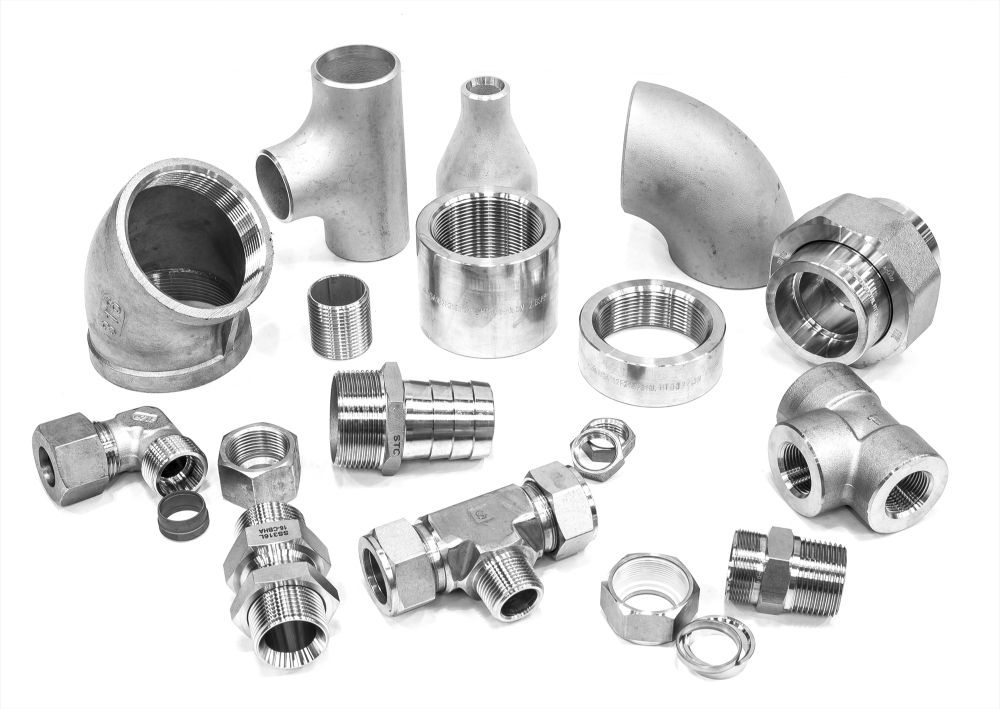

The application requires excellent formability.Here are some situations where 304 stainless steel may be the better choice: Which Should You Use: Grade 304 or Grade 316? Marine environments, especially those with chlorides present.Chemical processing and storage equipment.Other common applications of 316 stainless steel include: The higher molybdenum content results in grade 316 possessing increased corrosion resistance.ģ16 stainless steel is often considered one of the most suitable choices when selecting an austenitic stainless steel for marine applications. A major difference between 304 and 316 stainless steel is the chemical composition, with 316 containing a significant amount of molybdenum typically 2 to 3 percent by weight vs only trace amounts found in 304. 316 also contains silicon, manganese, and carbon, with the majority of the composition being iron. Similar to 304, Grade 316 stainless steel has high amounts of chromium and nickel. Structures in environments that would corrode standard carbon steel.Appliances such as refrigerators and dishwashers.Common applications of 304 stainless steel include: The high amounts of chromium and nickel give 304 stainless steel excellent corrosion resistance. The remainder of the chemical composition is primarily iron. Other major alloying elements include manganese, silicon, and carbon. It contains high nickel content that is typically between 8 and 10.5 percent by weight and a high amount of chromium at approximately 18 to 20 percent by weight. Grade 304 stainless steel is generally regarded as the most common austenitic stainless steel. To help you determine which grade is right for your project, this blog will examine the difference between 304 and 316 stainless steel.

Two of the more commonly used grades of austenitic stainless steel are grades 304 and 316. Additionally, many austenitic stainless steels are weldable and formable. Possessing excellent mechanical properties, the high amounts of nickel and chromium in austenitic stainless steels also provide outstanding corrosion resistance. When selecting a stainless steel that must endure corrosive environments, austenitic stainless steels are typically used.


 0 kommentar(er)
0 kommentar(er)
